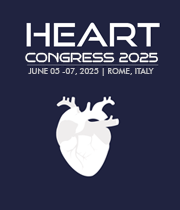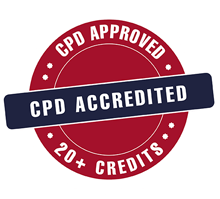Title : Hemodynamic management during cardiac surgery: Anesthetic approaches to optimize myocardial oxygen balance
Abstract:
Background and Objectives: Effective hemodynamic management is critical during cardiac surgery to preserve myocardial oxygen supply-demand balance and minimize ischemic injury. This review explores anesthesia-based strategies for optimizing preload, afterload, heart rate, and contractility, with a focus on evidence-based use of pharmacologic agents and intraoperative monitoring technologies.
Materials and Methods: We analyzed current literature and protocols from major cardiac surgery centers, focusing on intraoperative anesthetic management of hemodynamics during procedures such as coronary artery bypass grafting (CABG), valve replacements, and structural heart interventions. Particular attention was paid to vasopressor and inotrope selection, as well as the use of intraoperative transesophageal echocardiography (TEE).
Results: Intraoperative management requires dynamic adjustment of hemodynamic parameters in response to surgical manipulation, fluid shifts, and anesthetic depth. Optimizing preload with volume status monitoring, maintaining afterload within target ranges, and controlling heart rate to maximize diastolic perfusion are all essential. Inotropes such as dobutamine and milrinone are utilized in low-output states, while vasopressors like phenylephrine or norepinephrine maintain perfusion pressure. TEE has emerged as a cornerstone in guiding real-time assessments of ventricular function, volume status, and valvular integrity. Protocol-driven approaches that integrate TEE with pharmacologic titration improve intraoperative stability and reduce complications.
Conclusions: A tailored, physiology-based approach to hemodynamic management in cardiac surgery is essential for myocardial protection. The integration of intraoperative TEE and structured pharmacologic protocols allows anesthesiologists to optimize myocardial oxygen balance and respond rapidly to evolving surgical and physiologic demands. Future work should focus on personalized strategies and enhanced real-time decision-support systems.



